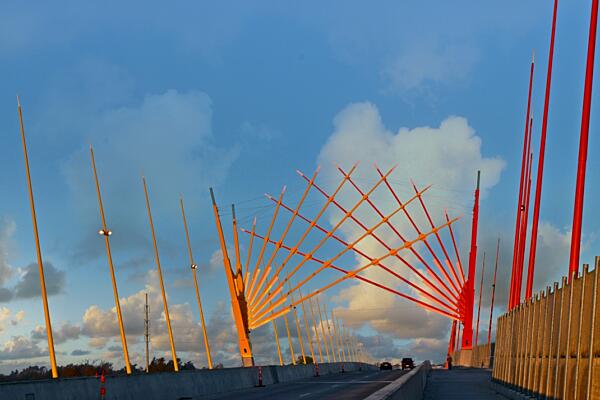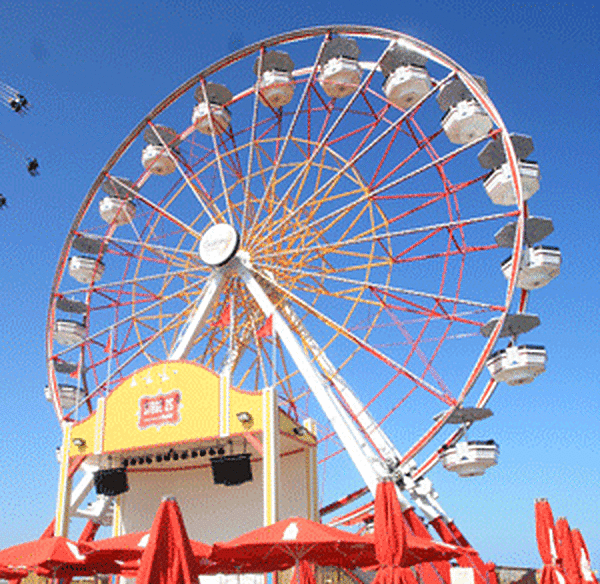Duplex Systems

Though many specifiers are familiar with one type of corrosion protection or another, few realize the intrinsic value of utilizing two corrosion protection systems together, known as a duplex system. A duplex system is formed by painting or powder coating over hot-dip galvanized steel. When used together, the corrosion protection of the two systems combined is far superior to either protection system used independently.
Painting or powder coating hot-dip galvanized steel requires careful preparation and a good understanding of both systems. Many products have utilized a duplex system successfully for decades; automobiles and radio towers are two examples. When the galvanized surface is prepared correctly, paint and powder coating adhesion is excellent, and the duplex system will provide corrosion protection well into the future.

Duplex systems are most commonly specified for aesthetic reasons. Hot-dip galvanizing alone provides an attractive, metallic-gray finish many specifiers have come to appreciate. However, when the industrial finish of galvanizing does not suit a particular project, painting or powder coating can offer an aesthetic alternative. Whether the architect prefers a vibrant color, or the owner prefers the project blend with its surrounding environment, painting or powder coating over galvanized steel provides superior corrosion protection along with the color preference.
Contrary to popular belief, aesthetic freedom is actually not the biggest benefit to specifying a duplex system. When hot-dip galvanized steel is painted or powder coated, the duplex system provides a more sophisticated manner of corrosion protection known as the synergistic effect. Used independently, both paint/powder coatings and galvanizing provide corrosion protection to steel; however, when utilized together, the two coatings work in synergy. The exterior layer of paint or powder coating slows down the rate at which the zinc is consumed, greatly extending the life of the galvanized steel. In return, once the exterior layer has been weathered down or damaged, the zinc beneath is still available to provide cathodic and barrier protection.
As a result, the substrate steel is afforded corrosion protection for 1.5 to 2.3 times the sum of the expected life of each system alone. For example, if a galvanized coating alone on black steel would provide 50 years of maintenance-free protection and a paint coating would not require any maintenance for 10 years, the combination duplex system would provide maintenance-free protection for 90 to 138 years in the same environment.

This equation assumes no maintenance will be performed on the paint or powder coating, and as it naturally wears away, the underlying galvanizing would provide the majority of the corrosion protection. Likely, however, the owner will maintain the paint system for aesthetics. Therefore, the synergistic effect is realized in the delayed maintenance cycle (1.5 to 2.0 times longer than on bare steel) of the paint/powder coating of the duplex system.
The extended time to first maintenance and delayed maintenance cycle of duplex systems lead to tremendous economic advantages. Initially, the cost of a duplex system is high because you must pay for both corrosion protection systems. However, because of the synergistic effect the initial premium cost pays off over the life of the project and in the end is less expensive than coating bare steel. To explore the economic benefits of utilizing a duplex system, run an analysis in the Life-Cycle Cost Calculator.
The specification of duplex systems continues to grow rapidly in many sectors. One example is in university and professional stadiums (such as Salt River Fields at Talking Stick in Scottsdale, Arizona), because it allows for team branding without sacrificing safety or service life. However, it's not just stadiums and speedways taking advantage of the superior protection of duplex systems, they are utilized in zoos such as the Center for Great Apes in Wauchula, Florida, buildings like The Woodwards Building W Tower in Vancouver, British Columbia and the Salvador Dali Museum in St Petersburg, Florida, and much more.
Duplex Case Study
Marketplace Center, Boston, MA- Galvanized in 1985
One of the main features of Marketplace Center is the open "Walkway to the Sea." This is a steel framed, glass canopied structure designed to allow pedestrians to walk from Faneuil Hall directly to the waterfront. Since it is an architectural element and highly visible open structure constantly exposed to the moist sea air, the architect wanted a coating system that would not only protect the steel from corrosion, but would also provide the aesthetics required of the structure. Based on these criteria, a duplex system of hot-dip galvanizing and paint was specified.
